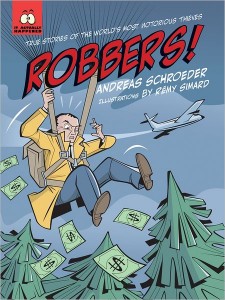Written and illustrated by Andrea Cheng
The story of Dave is both inspirational and tragic, set in a period of time that no one should be allowed to forget. Through Etched in Clay, Andrea Cheng masterfully presents a piece of this history to readers at the fourth grade level and above.
Born in 1801, the courageous man at the heart of this story became known as “Dave”” after he was purchased at a slave auction when he was seventeen. At first, Dave was responsible for dredging clay from the bottom of the river for the Pottersville Stoneware Manufactory in South Carolina. Before long, he took to the wheel and became one of the most accomplished potters in the region.
Etched in Clay follows Dave’s life through many hardships as he is bought and sold four times, has two wives taken from him, and then loses his leg after being hit by a train. Throughout all of this, Dave learns to read and then write, despite laws prohibiting slave literacy. He risks being beaten, maimed or even killed to teach other slaves to read and refuses to be silenced – leaving evidence of his bravery by signing his name and the date on his pots, and often etching them with words and poems.
Told from multiple points of view in free verse poems, Andrea Cheng weaves together the few known facts of Dave’s life with imagined details to form a compelling narrative. This is complimented by sparse wood cuts and an afterword that provides additional information on Dave, life in South Carolina after the Civil War, and Edgefield pottery.
Today, Dave’s pots are prized by collectors and housed in museums. He has been the subject of other books, most notably Dave the Potter, a Caldecott Honor winning picture book written by Laban Carrick Hill and illustrated by Bryan Collier. Etched in Clay digs deeper into his story, with an intense richness of time and place, packaged for an older audience. It presents a jumping off point for deeper discussion about slavery, the civil war, poetry, and pottery while at the same time challenging comprehension as readers reach for their dictionary – to understand lamentable, disenfranchised, magnanimous, sagacity, concatenation– and attempt see the world through the eyes of Dave.









